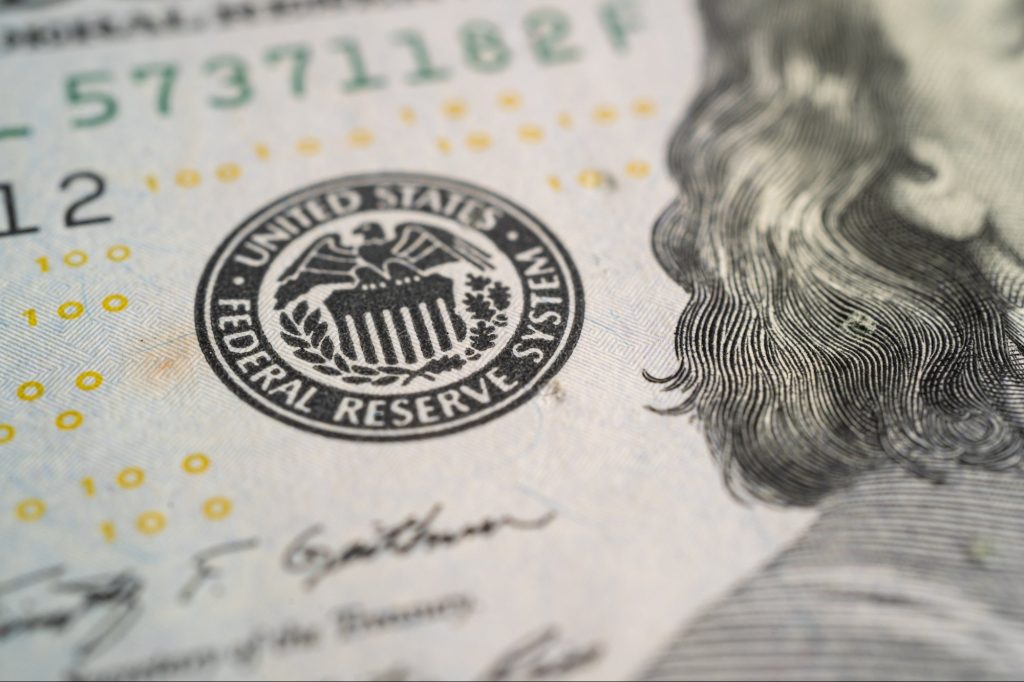If you are among the many business owners lulled into cheap and low-cost access to capital, you may have been caught off guard as low-cost floating-rate debt suddenly tripled in price last fall. In what is generally recognized as a pivot, the Federal Reserve exercised its ability to raise interest rates to cool down the economy. As a result, you will want to consider what this means in terms of financing your business.
What was the pivot?
In August 2023, in response to a widespread and persistent inflationary shock, the U.S. Federal Reserve began one of the steepest rate increases in history. The goal was to wring excess liquidity out of the economy, and the result was that the cost of money went through the roof.
A widely-held consensus view was that the Fed would not let up until the economy softened significantly, meaning that 2023 was supposed to have a recession. This view was accompanied by the idea that only after the economy had softened would the Federal Reserve begin to lower rates. As entrepreneurs, this made us uncomfortable, but at least we all agreed what would happen.
Then, in December 2023, another extraordinary thing happened — the pivot. In a shock to the consensus view, the Fed said it would look to lower rates in 2024. The message was nuanced, but essentially can be parsed this way: The US does not need to go into recession for the Fed to feel inflation is under control. With month after month of cooling inflation, the position is that it is now appropriate to “normalize” rates—not back to the low levels they were at, but lower than they are today.
What comes next?
To many observers, no recession and a fast pivot have painted a picture of a “soft landing,” where few job losses and inflation comes under control. While this picture starts to play out, what does it mean for an entrepreneur trying to finance her business?
Based on our experience, here are four tactics in 2024 that are important right now:
1. Float rates down
The direction of rates is heading down. When it is unclear, many thought it could be as early as this Spring 2024, and the consensus is pointing to the summer. How much will rates go down? That is uncertain as many had bet that the prime borrowing rate could fall by as much as 1.25% in 2024, with people now thinking it is close to going down 0.75%. When it will happen and how big the reduction in prime will depend partly on inflation and the economy overall.
Barring any large exogenous shock, rates could fall in 2024. As such, it makes sense to float loans and participate in the downward direction. Many rates not tied directly to Fed funds have already started to drift down; mortgage rates, for example, are already in the high 6% range, down from the low sevens.
Related: How to Fund Your Business Using Banks and Credit Unions
2. Invest in your banking relationship
Tremendous regulatory change has meant that banks’ hands are increasingly tied in how they treat customers. The good news is that this has removed some bias in the banking industry; the bad news is that banks are slow to make exceptions. Nevertheless, most people do business with people, and your bank is no different.
For over a year, smaller banks have been under pressure following the large jump in rates, which had caused many of the bonds they were holding to go down in value. The collapse of Silicon Valley Bank and the challenges in commercial real estate continue to put banks on the defensive, and as such, banks will be limited in who they can lend to.
You want your bank to understand your business and your plan, and the more lead time you can give your banker to socialize with her committee and move through their bureaucracy, the higher the probability your loan will be approved on time and at the right rate. There will be fewer bank loans in 2024, so make sure yours is one of them by over-communicating and anticipating what your banker might need to approve your loan.
Related: The Difference Between a Business Loan and a Line of Credit
3. Look to sources of private capital
As traditional banks have pulled back from lending, private equity has rushed to fill the void. Some have called this period the “golden age of private credit,” Free from many of the restrictions a regulated bank may have, private lenders are generally more expensive but more flexible. The terms for private loans vary greatly but can be anywhere from 3-7% more expensive than a bank loan. Private lenders can often, however, provide you with a longer payback. Brokers add fees and expenses within this space, while Business Development Companies (BDCs) invest out of a dedicated fund structure. For this reason, we prefer to work with private lenders and their BDCs.
Related: 6 Steps for Your Small Business to Avoid a Financial Crisis
4. Diversify your sources of credit
Credit is like oxygen; it’s pretty boring until it goes away. While keeping up with customers and employees is hard enough, most entrepreneurs want their lending as simple as possible. But we are in very volatile times, between the rate changes and the lending environment. The “pivot” means that lenders behave differently, and as we saw with Silicon Valley Bank, some may disappear entirely. In 2024, entrepreneurs should have a diversity of providers, if possible.
Given how poor the consensus has been at predicting the future, it likely makes sense to have a diversity of rate structures. A possible best-case scenario may look like this: Both a private and a bank lender, some floating and some fixed rates. While more expensive and complicated, this structure could provide an insurance policy against what will certainly be an interesting year.
Read the full article here









